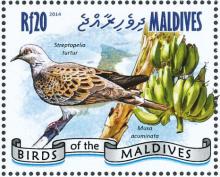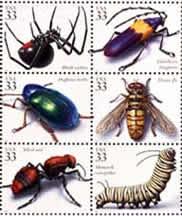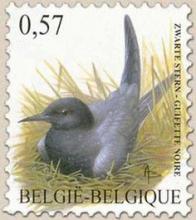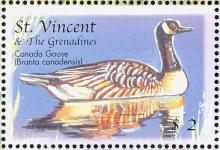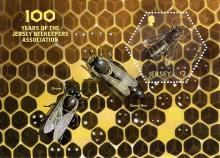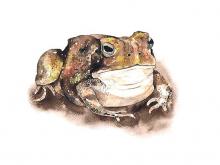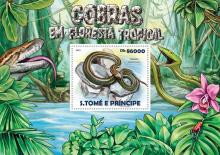Three reptile species go extinct in Australia
- Read more about Three reptile species go extinct in Australia
- Log in to post comments
Three species of reptile on Christmas Island in Australia have been declared extinct in the wild, according to a study released on Tuesday. Lister's gecko (Lepidodactylus listeri), , the blue-tailed skink (Cryptoblepharus egeriae) and the Christmas Island forest-skink (Emoia nativitatis) were downgraded from "critically endangered" to "extinct in the wild" in the International Union for the Conservation of Nature's (IUCN) latest report. "The extinctions ...


